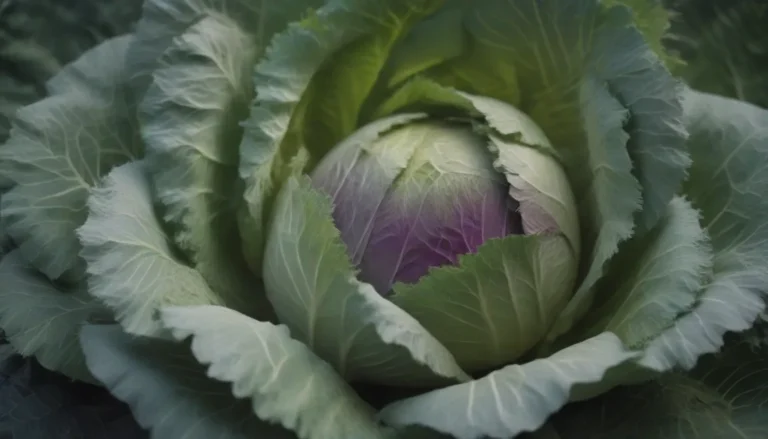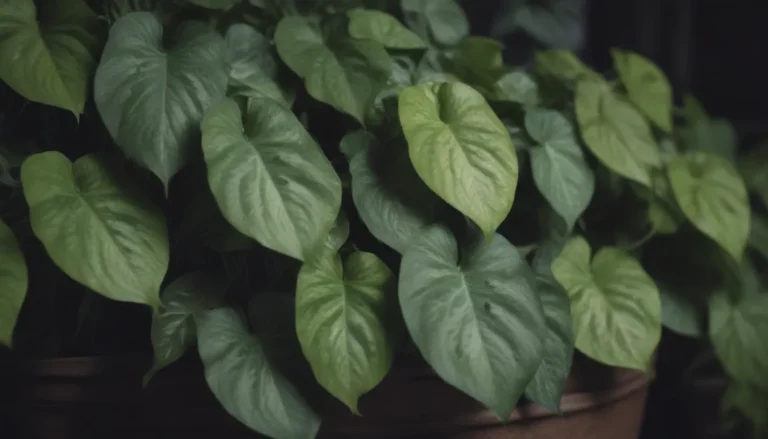The Science Behind Why Trees Shed Their Leaves

Have you ever wondered why some trees lose their leaves in the fall while others remain green all year round? It’s a fascinating process that plays a crucial role in the survival of deciduous trees. In this in-depth article, we will explore the reasons behind why trees shed their leaves, the science behind this process, and why some trees, like evergreens, are able to retain their foliage throughout the year.
Understanding Deciduous Trees
Deciduous trees are those that drop their leaves at the end of the growing season, usually in the fall. This process is essential for the tree’s survival and plays a significant role in its annual life cycle. On the other hand, evergreen trees retain their foliage throughout the year. While most coniferous trees are evergreens, there are exceptions like the golden larch and dawn redwood that are deciduous conifers.
The Mechanism of Leaf Shedding
When we say that leaves “fall” off the tree, it might sound like a passive process, but it is far from it. Deciduous trees actively shed their leaves by growing an abscission layer between the leaf stem and the branch. This layer acts like a pair of scissors, cutting the leaf off and letting it drop. This process helps the tree conserve moisture during the winter months.
- Fun Fact: Foliage changes color in the fall because of a subtraction, not an addition. Colder weather signals the leaves to stop producing chlorophyll, revealing the underlying colors that were masked by the green pigment.
The Benefits of Leaf Shedding
While humans may see leaf shedding as a loss, for the tree, it is a survival strategy for the harsh winter months. During winter, when the ground freezes and water becomes scarce, deciduous trees shed their leaves to conserve moisture and protect themselves from dehydration. The large surface area of broadleaf trees’ leaves is beneficial for photosynthesis in warmer months but becomes a disadvantage during winter as it leads to moisture loss.
- Dormancy: Dormancy is a state of temporary metabolic inactivity or minimal activity in plants, used by deciduous trees to cope with adverse growing conditions during winter.
Why Evergreens Stay Green
Evergreen trees, on the other hand, do not shed their leaves in the same way as deciduous trees. The needles of evergreens are tougher and have a waxy coating that helps them withstand freezing temperatures and conserve moisture more efficiently. This adaptation allows evergreens to survive the harsh winter climate without losing their foliage.
- Tip: If some needles on your evergreen tree turn brown and drop in the fall, there is usually no cause for concern as it is a natural process to make way for new growth.
Conclusion
In conclusion, the shedding of leaves by deciduous trees is a fascinating process that plays a vital role in their survival during the changing seasons. Understanding why trees shed their leaves and the science behind this process can help us appreciate the beauty and complexity of nature around us. Next time you see leaves turning color and falling off a tree, remember that it’s not just a sign of the changing seasons but also a survival strategy for the tree itself.





